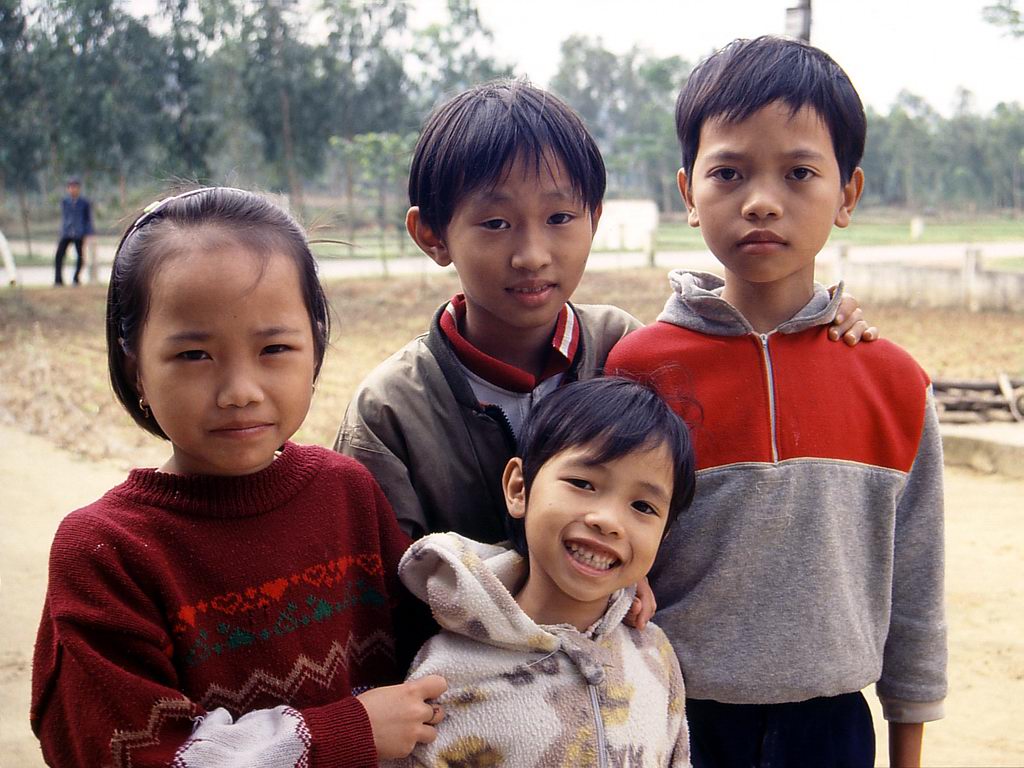 In the heart of Vietnam, a shadow of violence that knows no boundaries looms over the innocence of countless young souls. However, a beacon of hope shines bright amid this darkness: World Vision Vietnam. This Christian organization stands unwavering, committed to lifting the burdens from the shoulders of vulnerable children. Led by Mr. Doseba Sinay, the National Director, World Vision Vietnam extends its arms to aid, develop and advocate for those most in need. In a recent conversation with The Borgen Project, Sinay sheds light on the harrowing implications of violence against children in Vietnam, reaffirming the organization’s tireless dedication to fostering change and restoring hope.
In the heart of Vietnam, a shadow of violence that knows no boundaries looms over the innocence of countless young souls. However, a beacon of hope shines bright amid this darkness: World Vision Vietnam. This Christian organization stands unwavering, committed to lifting the burdens from the shoulders of vulnerable children. Led by Mr. Doseba Sinay, the National Director, World Vision Vietnam extends its arms to aid, develop and advocate for those most in need. In a recent conversation with The Borgen Project, Sinay sheds light on the harrowing implications of violence against children in Vietnam, reaffirming the organization’s tireless dedication to fostering change and restoring hope.
Violence Against Children in Vietnam
Violence against children in the nation stands as a critical and deeply entrenched societal challenge, demanding immediate action. Despite strides made in areas such as economic advancement and education, the specter of violence persists, casting a dark shadow over the nation’s youth. From physical mistreatment and neglect to emotional and sexual abuse, children across the country endure a spectrum of harmful experiences with far-reaching implications.
According to the Ministry of Labor, War Invalids and Social Affairs Children’s Bureau, between 2020 and 2022 alone, 120 children fell victim to fatal violence, with many subjected to multiple forms of abuse. Alarmingly, approximately 2,000 cases of child abuse occur annually, often perpetrated by individuals known and trusted by the victims, leaving countless more incidents unreported and unchecked.
Violent disciplining remains prevalent in the territory, as reported by the United Nations Children’s Fund (UNICEF) Vietnam, with more than 68% of children aged 1 to 14 enduring some form of violence at home from their parents or caregivers. The national hotline for Children’s Protection 111 receives approximately 30,000 calls monthly. However, during the COVID-19 pandemic, when lockdowns, social distancing and economic strain have contributed to a surge in domestic violence globally, the nation witnessed a corresponding increase in child abuse cases. The number of hotline calls has surged to 40,000-50,000 monthly, underscoring the heightened vulnerability of children in these challenging times.
Many advocates propose establishing a structured system. This system would involve professionally trained social workers collaborating with law enforcement officers and child-friendly judicial entities to identify, intervene, respond to and safeguard children effectively. UNICEF is actively engaged in partnering with pertinent government agencies and provincial authorities to develop a comprehensive child protection framework capable of addressing the diverse causes and manifestations of violence.
Effects of Prolonged Abuse on Children
Children subjected to violence face an elevated risk of various negative consequences, such as compromised physical and mental health, decreased academic achievement and a heightened likelihood of engaging in risky behaviors in the future. Furthermore, the trauma resulting from violence can contribute to a cycle of abuse, as victims are more prone to becoming perpetrators themselves. Research examining brain activity patterns in institutionalized children indicates that severe neglect may lead to delays or deficits in cortical development.
Moreover, children often exhibit internalizing symptoms like anxiety and depression, as well as externalizing symptoms such as conduct disorder and substance use. Behavioral and emotional difficulties observed in abused and neglected children are consistent with effects on the amygdala, including heightened emotional reactivity and deficits in emotional processing. While structural changes in the amygdala due to abuse or neglect are not consistently found in most studies, Functional magnetic resonance imaging (fMRI) studies suggest that early adversity sensitizes the amygdala.
Speaking With Mr. Sinay
In an exclusive interview with Sinay, he underscored the critical importance of combating violence against children. “Violence against children not only causes immediate harm but also leaves lasting scars that can affect them for a lifetime,” Sinay asserts. He stressed the urgency of prioritizing the protection and well-being of vulnerable children, emphasizing that every child deserves a safe and nurturing environment to flourish. “At World Vision Vietnam, we are steadfast in our commitment to eradicating all forms of violence against children,” Sinay explains.
Sinay elaborated on the comprehensive approach adopted by World Vision Vietnam to address parental abuse, stress and children’s mental health issues. “Prevention is paramount,” he emphasized, outlining the organization’s proactive efforts to raise awareness and educate communities about positive parenting practices and non-violent disciplinary methods. Additionally, Sinay emphasized providing support and resources to families facing stressors that may contribute to harmful behaviors. “By tackling the root causes of violence and offering holistic support to families, we aim to break the cycle of abuse and foster a nurturing environment conducive to children’s well-being,” he affirmed.
Regarding mental health challenges among children affected by violence, Sinay stressed the importance of comprehensive support systems. “Children exposed to violence often endure significant emotional and psychological trauma,” he acknowledged. To address these issues, World Vision Vietnam implements specialized programs and services to provide trauma-informed care, counseling and psychosocial support to affected children and their families. “Through our collaborations and network, we strive to heal the wounds of violence and empower children to overcome adversity and fulfill their potential,” Sinay concluded, underscoring the organization’s unwavering commitment to safeguarding the rights and dignity of every child in the nation.
Conclusion
Addressing the issue of violence against children in developing countries requires urgent and coordinated efforts. With a considerable number of children enduring different forms of abuse, the repercussions echo across generations, impeding the progress and well-being of societies. Nonetheless, by placing the protection and welfare of its youth at the forefront, these nations have the opportunity to disrupt the cycle of violence. Through collective actions and a steadfast dedication to upholding children’s rights, we can forge safer and more supportive environments conducive to the flourishing of every child.
– Mahima Bhat
Photo: Wikimedia Commons
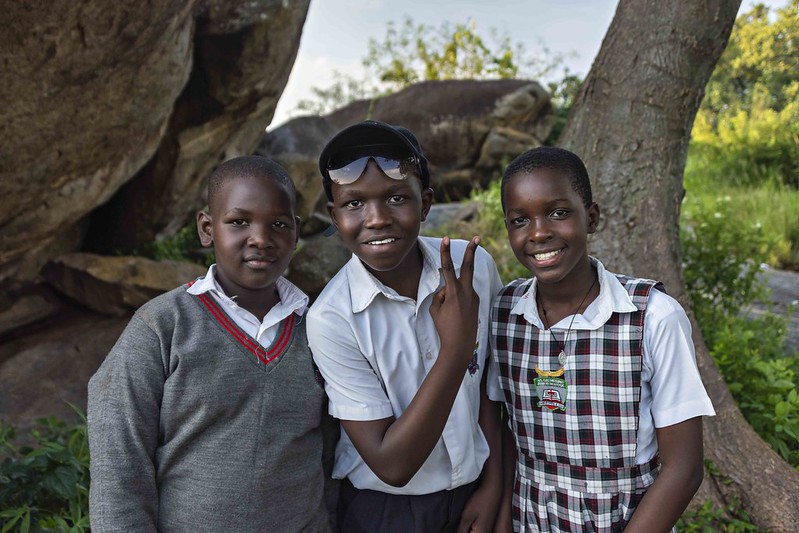 Uganda is transforming its education system to
Uganda is transforming its education system to  Prospera, which was formerly known as Oportunidades and Progresa, was the world’s first national conditional cash transfer program, originally launched in Mexico in 1997. The program, which ran between 1997 and 2019 and involved multiple rebrands, focused on incentivizing and improving access to education, nutrition and health for poor families.
Prospera, which was formerly known as Oportunidades and Progresa, was the world’s first national conditional cash transfer program, originally launched in Mexico in 1997. The program, which ran between 1997 and 2019 and involved multiple rebrands, focused on incentivizing and improving access to education, nutrition and health for poor families.
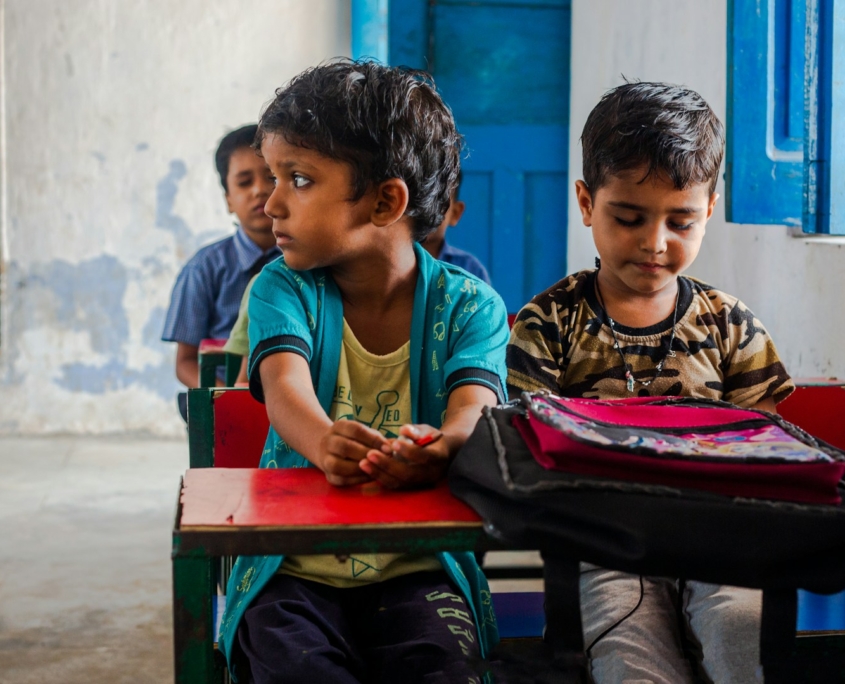 India, with its vast and diverse rural expanse, faces significant challenges in providing quality education to every child. Geographic isolation, socio-economic barriers and a shortage of infrastructure often leave rural children with limited or no access to schooling. In response to
India, with its vast and diverse rural expanse, faces significant challenges in providing quality education to every child. Geographic isolation, socio-economic barriers and a shortage of infrastructure often leave rural children with limited or no access to schooling. In response to  Children in Kenya are struggling. In places like Kisumu, many are living on the streets, “
Children in Kenya are struggling. In places like Kisumu, many are living on the streets, “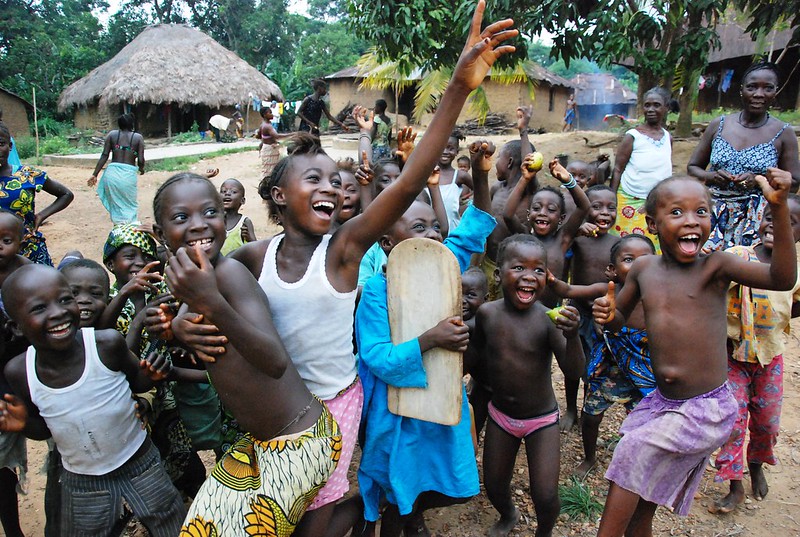 It is upsetting when children witness violence outside their homes. There is a sense of fear about what will happen to their family and homes. As a result, it is easy to kidnap or coerce children into becoming soldiers for the sake of their country. Children experience many different forms of violence.
It is upsetting when children witness violence outside their homes. There is a sense of fear about what will happen to their family and homes. As a result, it is easy to kidnap or coerce children into becoming soldiers for the sake of their country. Children experience many different forms of violence. 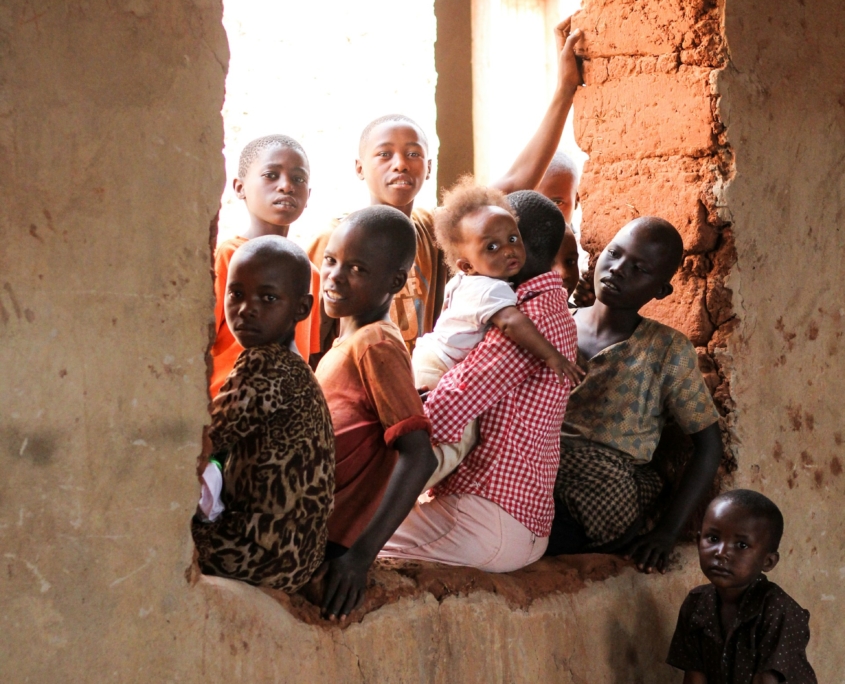 In Eswatini, hunger remains an urgent and pressing issue, with a significant portion of the population struggling to obtain reliable access to food. Recent reports indicate a persistent rise in hunger rates across the nation, with
In Eswatini, hunger remains an urgent and pressing issue, with a significant portion of the population struggling to obtain reliable access to food. Recent reports indicate a persistent rise in hunger rates across the nation, with 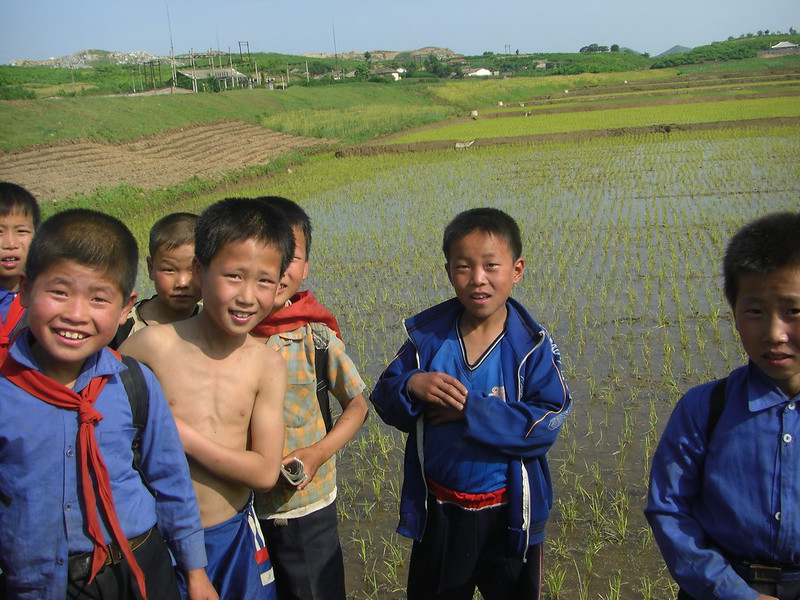
 Polio was once a disease that threatened children across the world, its outbreak was a constant cause of worry among communities in every country. However, thanks to successful worldwide immunization,
Polio was once a disease that threatened children across the world, its outbreak was a constant cause of worry among communities in every country. However, thanks to successful worldwide immunization, 